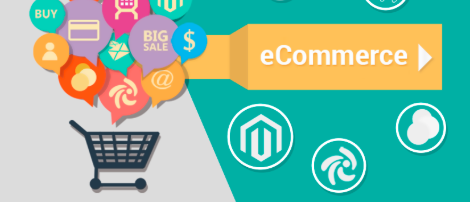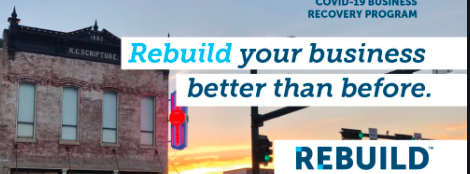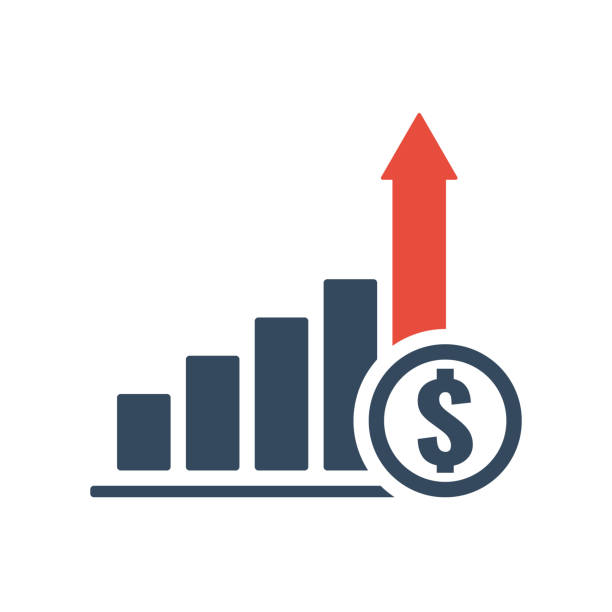Can eCommerce Boost Your Sales During COVID-19?

By Debbie Gregory.
The current COVID-19 pandemic is changing how the world lives and does business. Workers in every industry have been faced with difficult changes that include reduced hours, changing to working remotely, total job loss and more.
Small businesses have been doing an amazing job adjusting their overall business models to engage their customers who are now mainly in their homes. Rather than sitting around waiting for the pandemic and its aftermath, many business owners are revamping how they reach people and how or what they sell.
Now Is The Perfect Time to Shift To eCommerce!
Everyone is at home and relying on online shopping for most of their current needs. Adding eCommerce will help you prop up your business right now while people are unable to physically shop at your location. Additionally, it will lay the groundwork for long-term stability for your company. By setting up this new revenue stream, you may discover a whole new customer base. Current clients are cognizant of the harm to small businesses during this pandemic and want to help and support them.
Step 1 – Determine What You Can Sell Online:
We know that you have something that to offer for sale online. Even businesses that typically do not sell physical goods can start or they can offer services over the internet such as tutoring, coaching, or digital downloads. The key is to align whatever you sell online with your current brand and/or product offerings.
Examples and ideas:
- Do you sell food or drinks in a brick and mortar place? Consider selling offerings such as to-go orders, meal kits, freshly roasted coffee beans, or baked goods.
- Creative branded merchandise such as hats, shirts, cups, etc. allows your customers to show support of your business.
- Try entering the subscription trend by creating packages that you can promote and sell online that enhance the lives of your customers while social distancing measures are still in place.
Step 2 – Know Who Is Your Target Audience:
Once know what you will sell online, consider how the target audience might differ from your current customer base. You know who your preferred customers are, so you need to learn how do they shop online. Do they use their phones or a desktop computer? Do they prefer to buy from a company’s site or social media? You will need to know their online shopping preferences to grab their attention and secure their business.
Step 3 – Determine How You Will Sell Online:
Now that you know what you want to sell and where you need to promote it, it is time to set everything up. Are you going to utilize eCommerce only for the short-term or will you add this as a long-term expansion of your business?
If you only plan to use eCommerce in the short-term to keep your business afloat while the pandemic is going on, there are a few simple options you can explore such as:
- Take orders via phone or email, asking customers to pay at pick-up or upon delivery
- Sell online using one of the popular selling sites such as Etsy or eBay
However, if you plan to keep eCommerce ongoing once the danger has finally passed, you will want to take this opportunity to create a more robust long-term strategy which includes:
- Setting up a true eCommerce store
- Setting up ways for customers to pay directly on your site
If you opt for the long-term strategy you will need to create a webpage on your current site or a totally new website devoted to your new eCommerce store. If you have the skills, you can create a new page or site in platforms such as WordPress utilizing the proper eCommerce plugins like WooCommerce.
If you do not have web building skills, or access to someone who does, you can opt to use template drag-and-drop platforms such as Shopify, Volusion, and SquareSpace. These platforms include everything from your website design, domain name, shopping cart, credit card processing, and more.
You know that having a solid crisis management strategy for your business is crucial during times like these. Using eCommerce can really help your business weather this storm and grow a whole new customer base generating new revenues.














